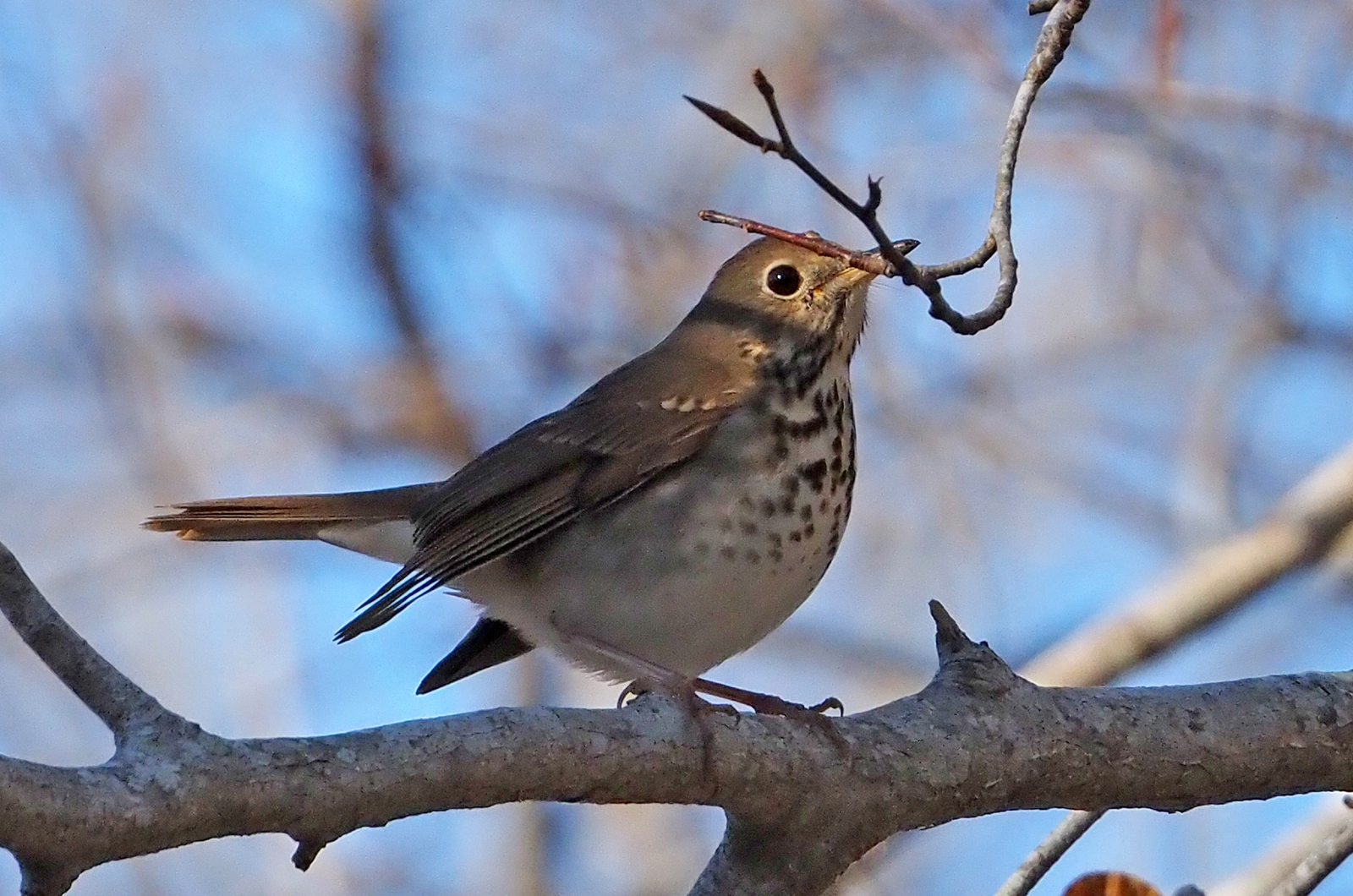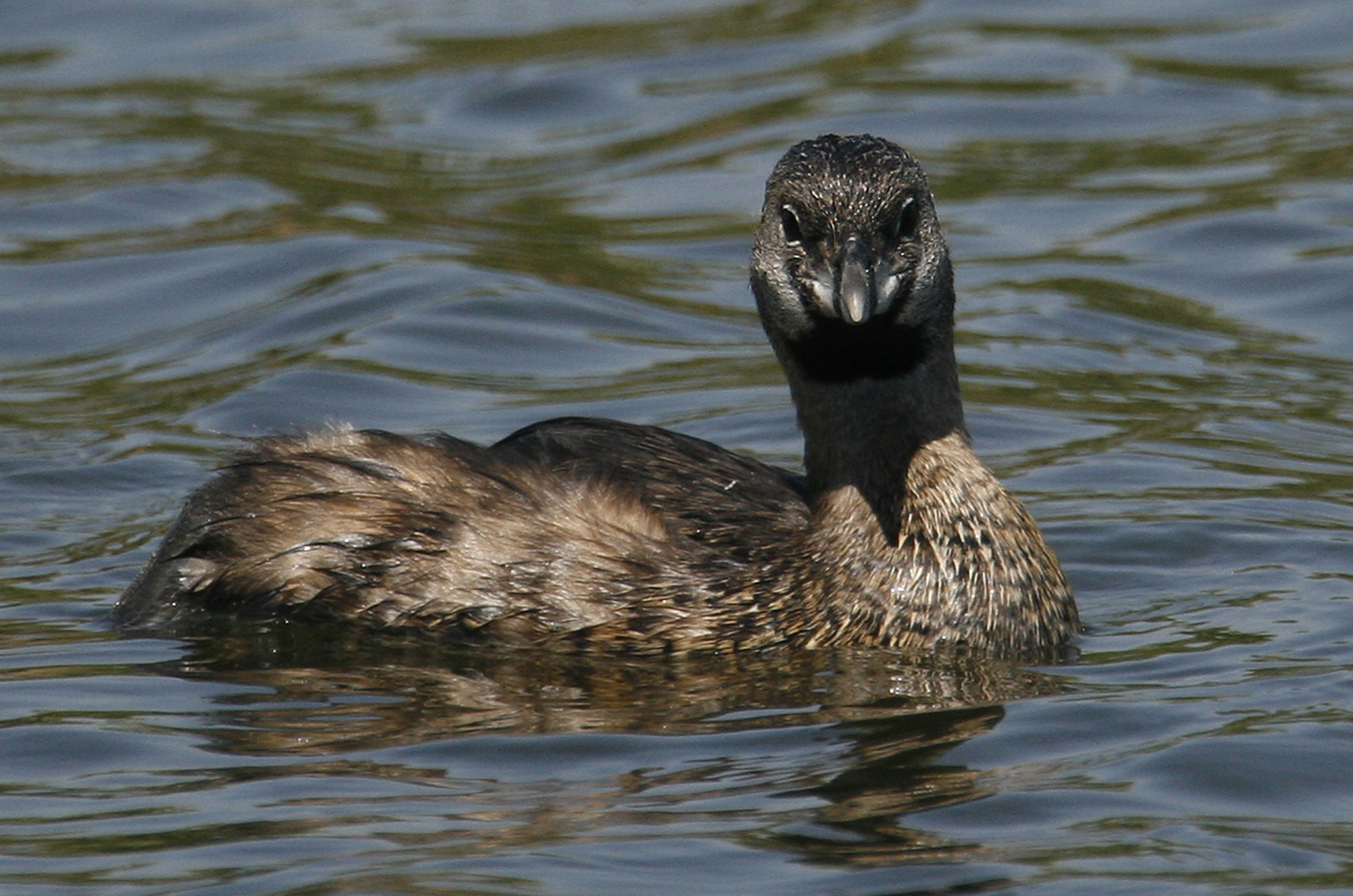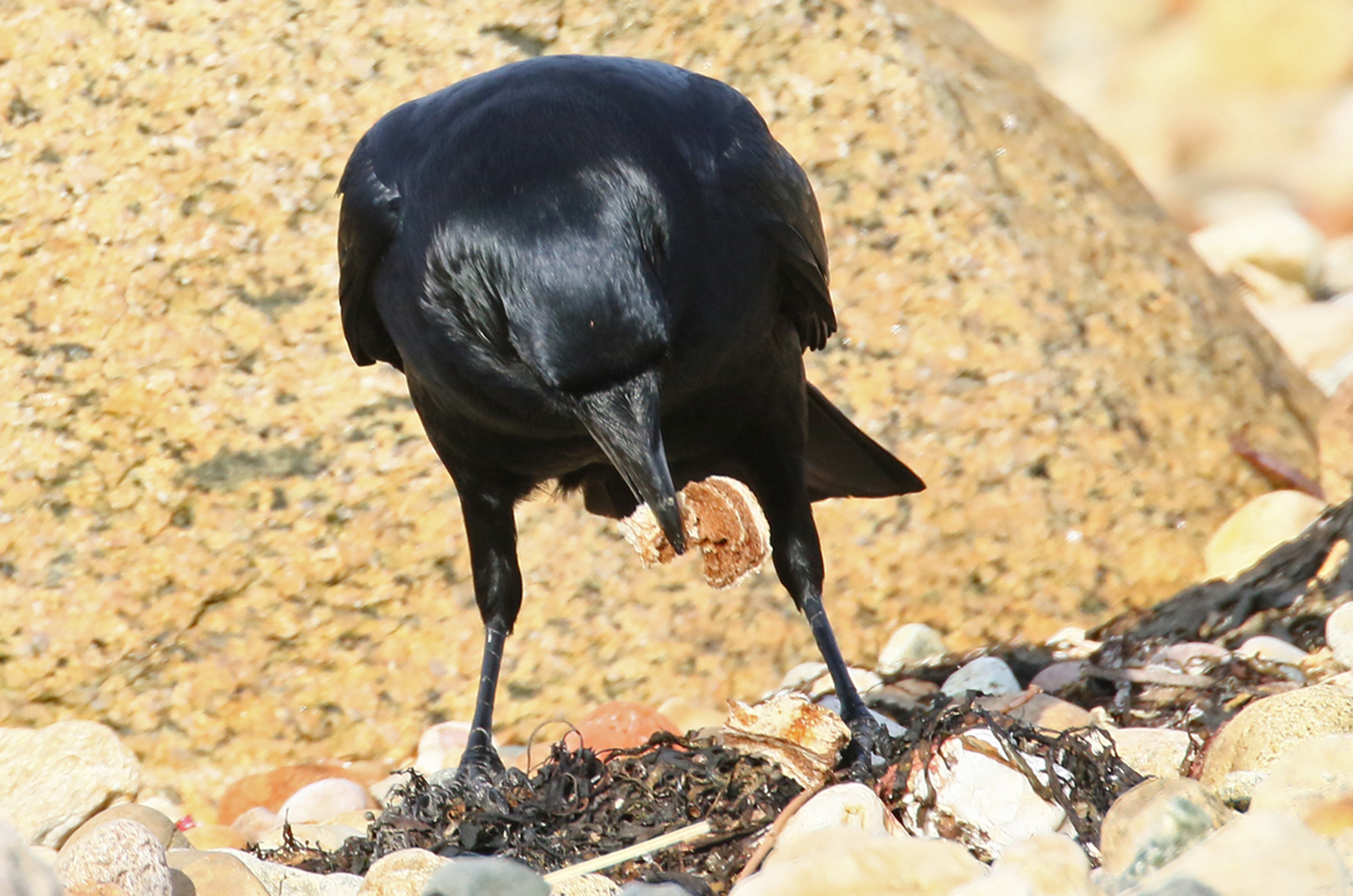The Gay Head Cliffs strike again.
Once again, the Gay Head Cliffs produce a rare vagrant. This time it is a male Townsend’s warbler seen by Cynthia Bloomquist, Nancy Nordin, Thaw Malin, Chris Scott and Nancy Weaver on Nov. 5. To give you an idea of how rare this western species is, there is only one previous record of it on the Island, a sighting by Allan Keith on Oct. 4, 1998. Hopefully it will stick around so others will get to see it.
While on the topic of warblers, the yellow-rumped warbler is the most common winter resident warbler; almost every list I get includes several of them and that will continue through the winter.
The last two days of October also produced some warbler sightings, all at the Gay Head Cliffs. On Oct. 30 Charles Morano spotted one Nashville warbler, three palm warblers, one pine warbler, one common yellowthroat and one blue-headed vireo. The next day David Padulo found one palm warbler and one male prairie warbler in full plumage; Chris Scott observed one Nashville warbler and one palm warbler; and Allan Keith saw the two different varieties of palm warblers — one western and one eastern. Oddly enough, the bright yellow eastern variety is much less common that the paler western one.
A few fall and winter-resident species of waterbirds also arrived. Allan Keith found one pied-billed grebe at Squibnocket on Oct. 31, while Nancy Nordin and Susan Whiting found four of them at Black Point Pond on Nov. 4. John Nelson saw three common goldeneyes — a diving duck — in Sengekontacket Pond on Nov. 2. Chris Scott observed the first horned grebe of the season in the ocean off the Gay Head Cliffs on Nov. 4.
Our shorebirds are now mostly species that will spend the winter here. Black-bellied plovers have become more common while sanderlings are less common than they were a month or two ago. Chris Scott watched a flock of 75 black-bellies at Mattakessett Bay on Oct. 30, where he also found 25 sanderlings. John Nelson saw 26 black-bellies at Eel Pond on Nov. 3, and I saw 27 at Little Beach on Nov. 5, along with 55 sanderling and two dunlin. Susan Whiting and Nancy Nordin watched two black-bellies and 10 sanderlings at Black Point on Nov. 4 and Nancy Weaver observed two black-bellies at Chilmark Pond on Nov. 4.
Other waterbirds are lingering later into the fall season and might stay until the weather turns wintery. Greater yellowlegs are the most abundant of these species; Chris Scott watched four on Oct. 30 along the Mattakessett Bay shoreline; Matt Pelikan saw one on Oct. 31 at Brush Pond; David Padulo observed two on Nov. 1 at Sheriff’s Meadow Sanctuary; John Nelson spotted a flock of six on Nov. 2 in the Sengekontacket marshes, the same day Charles Morano found six on Cape Pogue; Susan Whiting and Nancy Nordin saw five on Nov. 4 on Tisbury Great Pond near Old Fields Path; Nancy Weaver found one on Nov. 4 at Chilmark Pond; and Charles Morano found a flock of eight on Nov. 4 in the marshes at Felix Neck.
Three other shorebird species are lingering long past when most others have migrated further south. The most unusual lingerer is the semipalmated plover: Chelsey Elizabeth saw one at Little Beach on Nov. 4 and I saw it the next day. Some American oystercatchers may linger into January or longer. Chris Scott observed six of them along the shoreline of Mattakessett Bay on Oct. 30, John Nelson spotted three at Eel Pond on Nov. 3, and on Nov. 5 I also found six there. Ruddy turnstones are still lingering: John Nelson spotted two at Eel Pond on Nov. 3. On Nov. 5 I could only find one.
Several other notable species are lingering. The sedge wren mentioned in last week’s column is still hanging around the Vanderhoop homestead at the Gay Head Cliffs. The following people report seeing it this week: David Padulo and Chris Scott on Oct. 31, Bob Shriber on Nov. 2, Brian Vigorito on Nov. 3, and Bridget Dunnigan, Sea Williams and David Padulo on Nov. 4. The rather similar marsh wren has been seen. On Nov. 4 Susan Whiting and Nancy Nordin saw one at Old Fields Path and two were spotted by Nancy Weaver at Chilmark Pond.
Perhaps the most unusual lingerer is the female orchard oriole spotted by Allan Keith on Nov 3 at the Gay Head Cliffs. Allan reports that this is unheard of in November; the previous record, according to the book Birds of Massachusetts, was on Sept. 26. He also spotted the more -expected Baltimore oriole there that day.
Chris Scott spotted the first snow buntings of the season at Squibnocket Beach on Nov. 4. The next day I found a flock of 11 at Little Beach. On Nov. 5 Cynthia Bloomquist, Nancy Nordin, Susan Whiting, Nancy Weaver, Chris Scott and Thaw Malin found a flock of 10 buntings at the Gay Head Cliffs.
David Padulo observed two hermit thrushes at Oct. 31 at Sepiessa Point. That same day Chris Scott watched one at the Gay Head Cliffs. Bob Shriber had two sightings: one at State Road near Chockers Lane in Chilmark on Nov. 1 and another at the Gay Head Cliffs on Nov. 2.
Finally, our winter resident fish crows and our commuter crows have arrived in larger numbers. On Oct. 30 Lanny McDowell estimated that there were about 300 silent fish crows flying westward over his house in the evening. On Nov. 2 David Stanwood saw a group of 40 American crows flying northward across the Hoft Farm fields toward the north shore at first light in the morning. These are the commuter crows, roosting on the Vineyard at night and feeding on the Cape Cod during the day.
We also have our winter resident fish crows that frequent Vineyard Haven harbor around Five Corners; recently I have seen about 65 of them but this morning there were easily 125 flying around noisily.
Please email your sightings to birds@vineyardgazette.com.
Robert Culbert is an ecological consultant with Nature Watch LLC living in Vineyard Haven.









Comments
Comment policy »